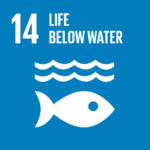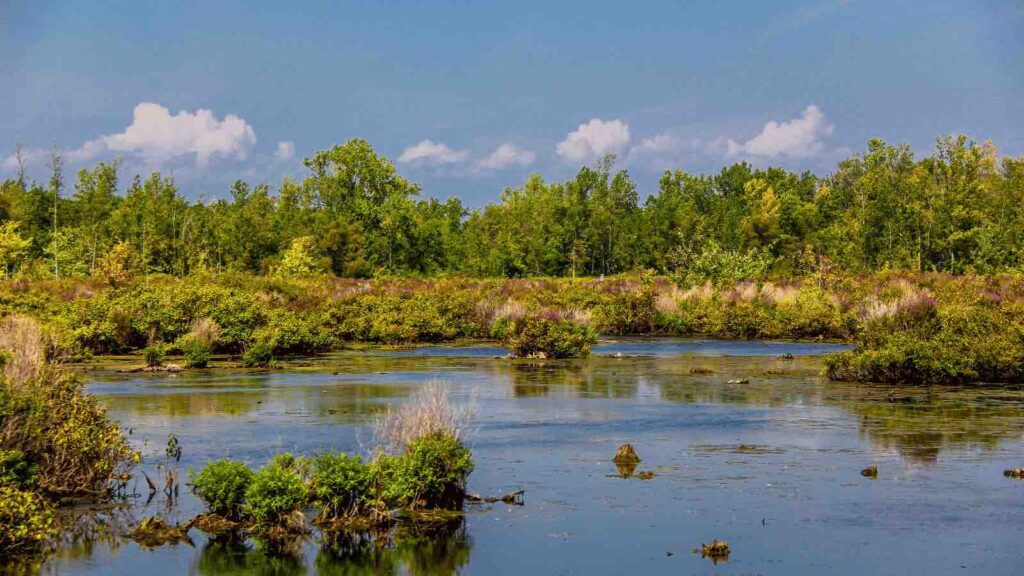Wetlands, the Earth’s most endangered ecosystems, are vanishing at a rate three times faster than forests. This rapid decline not only poses a significant threat to water and soil quality but also jeopardizes the rich biodiversity that depends on these habitats for survival.
As the world marks World Wetlands Day on February 2nd, a stark reminder comes into focus: wetlands, the Earth’s most endangered ecosystems, are vanishing at a rate three times faster than forests. This rapid decline not only poses a significant threat to water and soil quality but also jeopardizes the rich biodiversity that depends on these habitats for survival. The Secretariat of the Convention on Wetlands (Ramsar Convention) has aptly chosen “Wetlands and human well-being” as the theme for 2024, underscoring the indispensable link between healthy wetlands and the continued provision of essential services like water, food, biodiversity support, and climate change mitigation.
RELEVANT SUSTAINABLE GOALS



World Wetlands Day
Originating in 1971 with the adoption of the Ramsar Convention, World Wetlands Day commemorates the international agreement aimed at preserving wetlands of international importance, particularly as habitats for waterfowl. Signed in the Iranian city of Ramsar, this global treaty now boasts 172 member countries and stands as a testament to the international commitment to wetland conservation. Despite this high level of formal adherence, the past five decades have seen more than 35% of the world’s wetlands degraded or destroyed, with Asia experiencing the most significant losses. This degradation exacerbates the freshwater crisis for nearly 2 billion people globally and undermines flood control, climate disaster risk reduction, carbon storage, and the livelihoods of communities living near these vital ecosystems.
Musonda Mumba, the Secretary General of the Ramsar Convention, emphasizes the paradox of human reliance on wetlands against the backdrop of their continued degradation through unsustainable agricultural practices, pollution, and urban expansion. As cities grow and the demand for land intensifies, the encroachment on wetlands accelerates, leading to their disappearance at an alarming rate. This trend not only threatens the conservation and wise use of wetlands but also highlights the urgent need for action to conserve and restore these critical ecosystems.
The 2024 campaign, spanning from January 29 to February 2, aims to reinforce three key messages: investing in sustainable wetland use is an investment in humanity’s future, wetlands offer multifaceted benefits that support human well-being in urban settings, and wetland restoration is pivotal for tackling climate change and biodiversity crises and achieving the Sustainable Development Goals. Achieving the 2030 goal of protecting 30% of the planet’s land, oceans, coastal areas, and inland waters, as outlined in the Kunming-Montreal Global Biodiversity Framework, necessitates a recognition of the vital role wetlands play in sustaining biodiversity and supporting human life.
Safeguarding these ecosystems is not just about preserving nature but ensuring a sustainable future for all of humanity.
Lead image courtesy of PharmShot from Getty Images
You may also be interested in :
Thailand Embraces Nature-based Water Strategies For Climate Resilience



